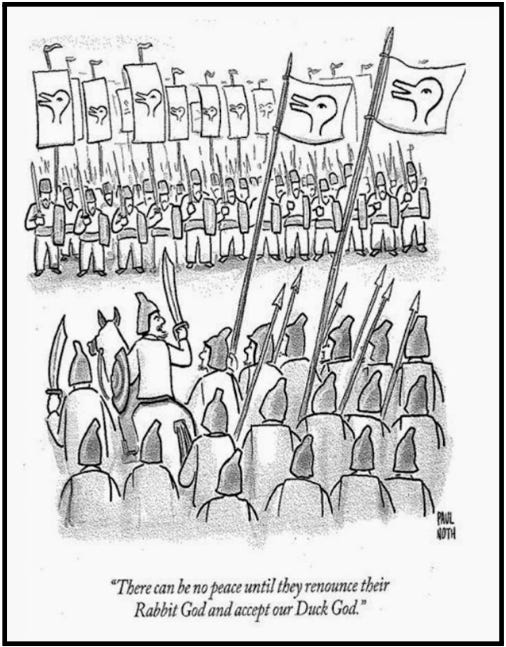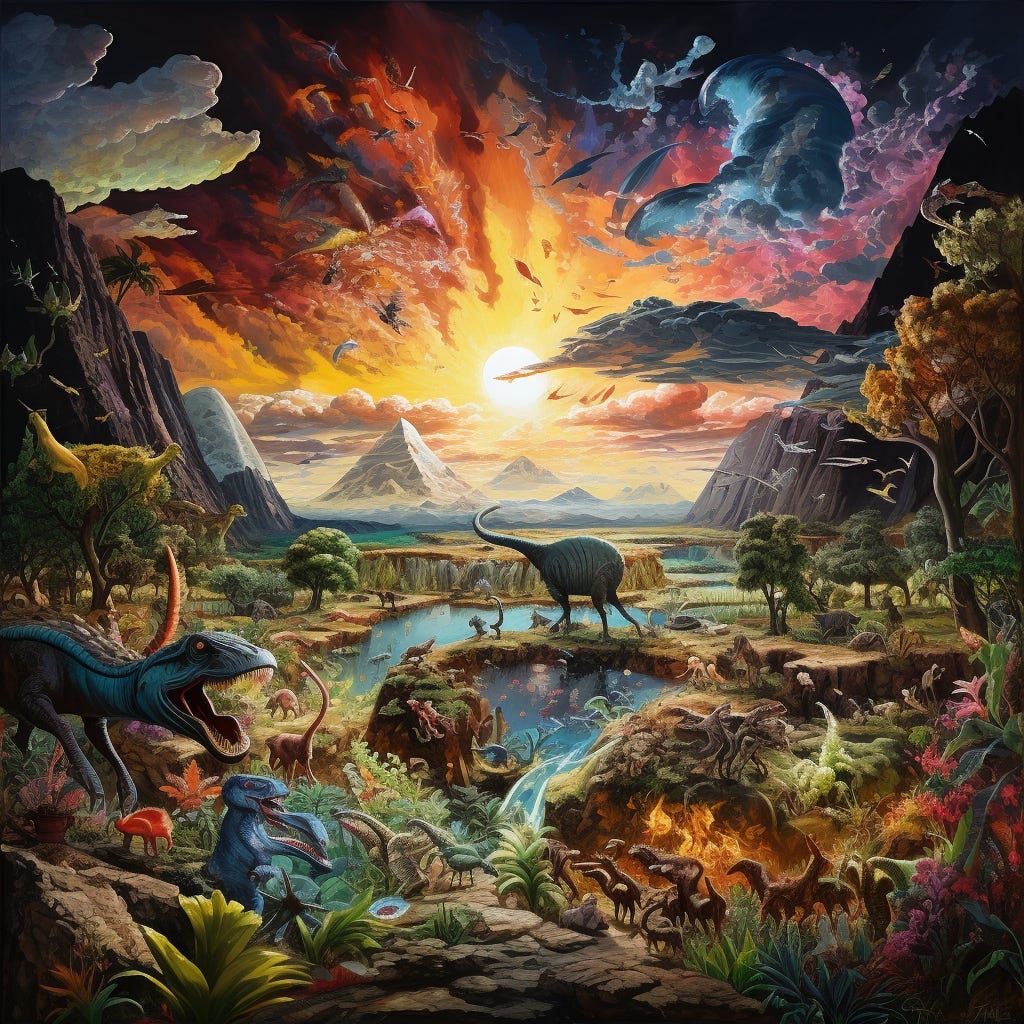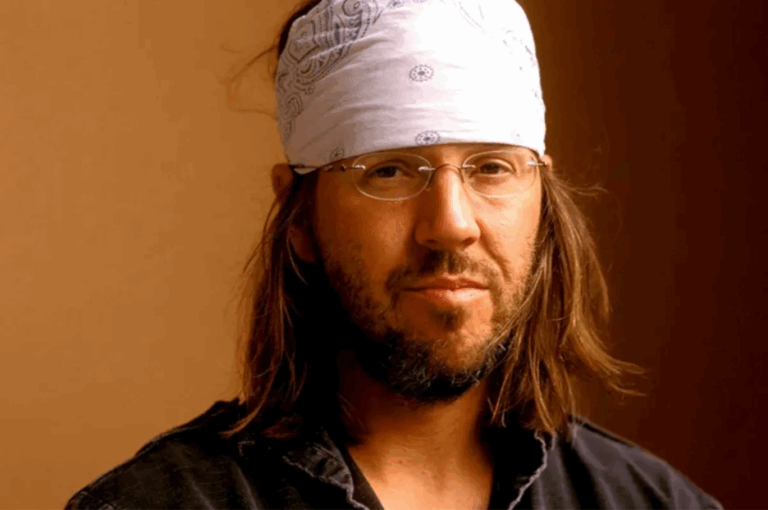Talking Big Ideas.
“The Stone Age came to an end not because we had a lack of stones,
and the oil age will come to an end not because we have a lack of oil.”
– Sheikh Yamani
ANNOUNCEMENT: Today we’re delighted to introduce Maryrose’s new Substack: Talking Next-Gen Energy. It’s tailored for entrepreneurs, engineers, and everyone that’s excited about building a clean and abundant energy future.
Please take a moment and subscribe here.
The world around you is driven by two forces: energy and entropy.
Energy is the catalyst for all of creation. Entropy is the inevitable pull towards chaos.
Energy put into motion everything you see around you. From the plants and trees outside your window to your computer and smartphone to your very own living, breathing body.
Entropy is why your car breaks down and your office gets messy. It’s why stars explode, people die, and civilizations fall.
By capturing increasingly dense forms of energy, from fire to coal to crude oil, and turning them into fuel, we fight entropy.
This energy catapulted us from huddling around fires in a struggle for mere survival to lifting billions of people out of poverty, building rockets, quantum computers, and Artificial Intelligence.
But how did we become a civilization that could develop the technology needed to capture increasingly advanced forms of energy?
By telling stories.
Homo sapiens conquered their competitors in large part because they told stories that united them as a tribe. They put a duck on a flag, and they waved it around in the air. They infused that flag with meaning. And they got more and more Sapiens to join together and fight for their stories, ultimately defeating other stronger human species.

Stories create connection and shared purpose.
Stories expand our thinking and allow us to see possibilities we might have missed. They raise our aspirations. They bring us together to solve problems.
Stories built the Roman Empire. They took us to the moon. They put us on the path to AGI. They can unlock the potential of the 21st century.
Energy and stories together powered Homo sapiens to overcome the limitations and terrors of the physical world and thrive.
Today, the stories we tell about energy hold us back. On both sides of the political spectrum, we tell limiting stories.
Some say that we must roll back economic growth to save the planet. Others argue that we must continue using old, limited energy sources to maintain our quality of life.
Degrowth or limited growth. Both tell fixed stories about our energy. That there are no more energy solutions to the big problems we face today. That we’ve reached the end of our rope and must either retreat or hold on for dear life.
These limiting stories have held us back for decades. Instead of pursuing the next generation of high-density, clean energy, we have dug in our heels and created a false dichotomy. Either fossil fuels or no fuels.
We are cavemen fighting over firewood instead of discovering electricity.
The future of energy is here.
The next wave of high-density, clean energy could be within our reach.
In nuclear energy, NuScale Power is developing small modular reactors that could be rolled out nationwide to drastically scale access to nuclear energy. Oklo is building fast reactors that reuse nuclear byproducts as fuel. This type of reactor uses 95% of inputted fuel compared to the typical 5%. Last Energy is helping large-scale commercial operations get their baseload power from small modular reactors.
In energy storage, Ouros is launching a 100x battery technology that could drive your electric car 3,000 miles on a single charge. PhotonVault captures and stores waste heat, solar, and wind energy to power the grid when the sun doesn’t shine and the wind doesn’t blow.
Start-up Fervo Energy is stealing ideas from the oil industry and applying the latest drilling technology to harness geothermal power deep within the Earth. Quaise is retrofitting abandoned coal power plants to generate geothermal-powered electricity.
The solutions to increase our access to clean energy exist and will continue to evolve. But the stories have been slow to catch up. It’s essential that advocates of clean, high-density fuel tell better stories.
When we gather around the proverbial fire at night, how do we talk about the next generation of energy? Do we limit or empower ourselves?
Telling Better Stories
Good communication is clear and compelling. It unites people around a shared vision and drives action to make that vision a reality.

How we talk about new technology can make or break it. This happened to nuclear power in the 1960s and 70s. Nuclear power as an energy source was conflated with nuclear bombs as a weapon. People got scared, policy moved against it, and we lost ground.
Today, the headwind against next-gen energy has shifted into a tailwind. More and more smart, ambitious people are getting behind new technologies and driving them forward. Even celebrities like Bono, who passionately protested against nuclear energy in the past, are flipping the script to support this safe, carbon-free energy source.
Let’s work together to tell stories that propel us forward rather than hold us back. Here are four ways next-gen energy advocates can turn their communication into a tailwind.
1. Set your own terms of debate.
When our ideas are being attacked, we often try to defend them by denying the claims.
Consider a sentence like: “Nuclear waste is not harmful.”
Reduce this sentence to its keywords, and you have: “nuclear = waste + harmful.”
This uses both terminology (nuclear waste) and framing (harmful) that sounds more like you’re arguing against nuclear as an energy source. This sentence pairs nuclear energy with what it is NOT. It repeats the adversaries’ claim and associates nuclear waste with harm.
Reframe this same sentiment: “Nuclear byproduct is safe and easy to manage.”
Now the association we create is: nuclear = safe + easy.
Notice if you frequently deny a claim or use language that’s negative toward your idea. When combating myths or debunking incorrect statements, strive to set and use your terms of debate.
2. Make a positive case for your ideas.
It’s easy, and fun, to slam dunk on bad ideas. But in doing so, you miss the opportunity to get your own good idea into people’s minds.
Instead, spend most of your time talking about your ideas and use specific, positive terms. Focus on the merits and benefits of your ideas rather than solely countering the opposing viewpoint.
Is your Twitter feed full of posts criticizing your ideological opponents? For example, consider this hypothetical Tweet:
Fossil fuels are a sub-optimal fuel source that destroys the planet.
This post highlights these keywords: fossil fuels, sub-optimal, destroy. It associates fossil fuels with bad things, but it doesn’t say anything about what the better path forward is.
And the negativity makes it hard for others to rally around you. There isn’t anything here for anyone to support.
Avoid giving airtime to the ideas you’re fighting against. Instead, talk about what you’re advocating for.
Consider instead a Tweet that says:
Geothermal is an endless supply of energy that can drive future innovation and a thriving environment.
The keywords are geothermal, endless supply, innovation, and thriving. Who wouldn’t want to get behind this idea?
Consider whether you give more air time to your ideas or your opponents. How much time do you put into debating degrowthers on Twitter? Every moment you spend arguing against something is a moment lost to make the case for your idea.
And by regularly associating yourself with the ideas you disagree with, you build a brand that’s connected to what you DON’T believe rather than what you DO believe.
Do you want to be Jim, the anti-fossil guy or Sarah, the geothermal gal?
Of course, there will be times that you have to debunk or educate. Keep statements about what your idea is NOT to a minimum, and don’t get dragged into useless arguments.
3. Use clear, simple language.
Energy is complex. It mixes advanced sciences: physics, chemistry, biology, and economics. Add in politics and consumer behavior, and it quickly becomes a mare’s nest of competing priorities, complicated science, and high emotions.
Explaining all of this in clear, simple terms is not easy.
It’s easy to explain a complex idea in a complex way. It’s even easy to explain a simple idea in a complex way. What’s hard is to explain a complex idea in a simple way.
Here’s what ChatGPT provided when I asked it to explain what coal is:
Coal is a sedimentary rock primarily composed of carbon, with small amounts of other elements like hydrogen, sulfur, oxygen, and nitrogen. It forms from the remains of prehistoric plants that settled and decomposed in oxygen-depleted, swampy environments over extensive periods. Over time, heat and pressure within the Earth transformed this organic material into coal through a geological process known as coalification.
Coal comes in various colors, including black and brown, and has been historically utilized for industrial applications due to its combustible nature and high energy content. It is mined from the Earth’s crust and can be used for various purposes, including heating, metallurgy, and chemical production.
This is all factually correct, of course, but it’s full of jargon and complicated descriptions: oxygen-depleted, geological process, prehistoric, high energy content, to name just a few.
In comparison, the book All the Light We Cannot See, set in 1934, does an excellent job of explaining coal in clear, simple terms that a 3rd grader could understand:
Consider a single piece [of coal] glowing in your family’s stove. That chunk of coal was once a green plant, a fern or reed that lived one million years ago, or maybe two million, or maybe one hundred million.
Every summer for the whole life of that plant, its leaves caught what light they could and transformed the sun’s energy into itself. Into bark, twigs, stems. But then the plant died and fell, probably into water, and decayed into peat, and the peat was folded inside the earth for years upon years — eons in which something like a month or a decade or even your whole life was just a puff of air, a snap of two fingers.
And eventually, the peat dried and became like stone, and someone dug it up, and the coal man brought it to your house, and maybe you yourself carried it to the stove, and now that sunlight — sunlight one hundred million years old — is heating your home tonight.
Even something as complex as the biological process that generates coal over millennia can be explained simply and beautifully.

You probably spend more of your time talking to educated adults versus 3rd graders. But even experts will better engage with your ideas when they don’t have to wade through complicated jargon to understand them.
People won’t tell you if they don’t know the meaning of the words you use. So you’ll never know if your listeners understand you or not.
Plus, when your listeners don’t have to expend brain power just to understand WHAT you say, they can use that mental energy to consider and buy into your ideas.
Do you want to reach new people with your ideas or only people who already know as much as you do? You might find the latter pool to be much smaller than you realize.
4. Make your numbers count.
Human brains developed to understand numbers 1-5. From 6 to infinity, it’s just “a lot.”
So when you discuss various fuel source densities in 10s of 1000s kilowatts, megawatts, or terawatts, even knowledgeable experts will struggle to keep up. It’s a biological limitation we humans have.
The first rule of explaining numbers is to cut. Do you need to reference so many numbers? Or would one or two do?
For example, you could explain how carbon emissions have decreased over the years.
In 1938, the UK emitted 9.9 tons of carbon per person. By 1965, that had increased to 12.7 tons. We started our steady decline in 1993 when it dropped to 11 tons. By 2019, it was down to 6 tons of carbon per person.*
This explanation captures the facts, but our listeners will likely zone out as we rattle off so many complicated numbers. They’ll miss your whole point.
What if you said:
We have reduced carbon emissions by 6.7 tons since 1965.
Now we only have two numbers to make sense of: 6.7 and 1965. But you still have two numbers, and one of them, 6.7, is complex.
Next, let’s apply the second rule of explaining numbers: simplify. This sentence could become:
Since we put a man on the moon, we have cut our carbon emissions in half.
Now, there’s only one number, and it’s an easy one: half.
Finally, let’s make our single number vivid with a comparison:
Since we put a man on the moon, we have cut our carbon emissions in half. That’s like returning to a world that runs on horse and buggy instead of cars. And we did it while dramatically increasing our quality of life.
We turned eight complicated numbers into one simple, vivid number. And it’s tied directly to the key point.
Consider the final explanation compared to the first version. Which one will your listeners understand and remember?
Cut, simplify, and compare your numbers to give more people the opportunity to engage with your ideas.
We can change the future.
Energy is one of the biggest opportunities to improve our way of life. There is an incredible opportunity to mitigate climate catastrophe and transform our quality of life.

But it is hard to implement solutions at scale if people are against you. Without broad support, you’ll face backlash at every step. From regulators to HOA boards, people will unite against you if they don’t understand or agree.
Advocates of next-gen energy must be able to clearly and confidently explain their ideas and rally support. From policymakers to energy sector leaders to everyday families, it will take a broad coalition of champions to make real the promise of next-gen energy.
Seek out feedback and opportunities to improve your communication. Clarify your ideas and how you talk about them. Practice and iterate.
Consider working with a coach to help you make progress more quickly.
Use your energy and creativity to become a better advocate for the ideas that matter.
***
Ready to become an exceptional champion of your ideas? Shoot me an email: maryrose@ewingschool.com.
*Hannah Ritchie highlights this data in her TED Talk. Give it a watch!




